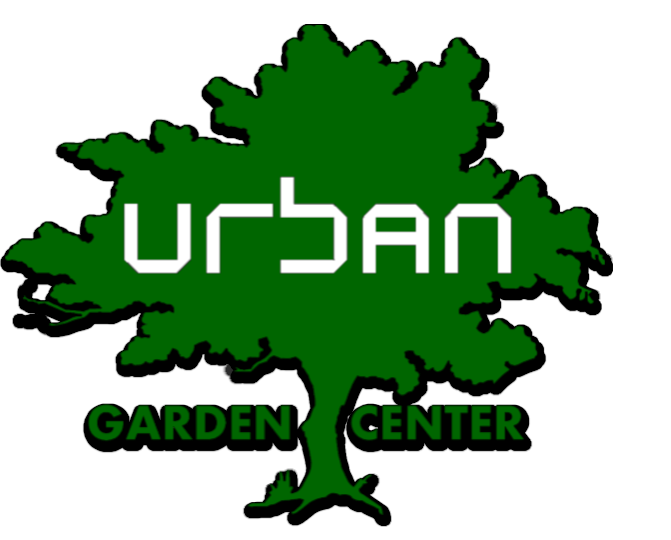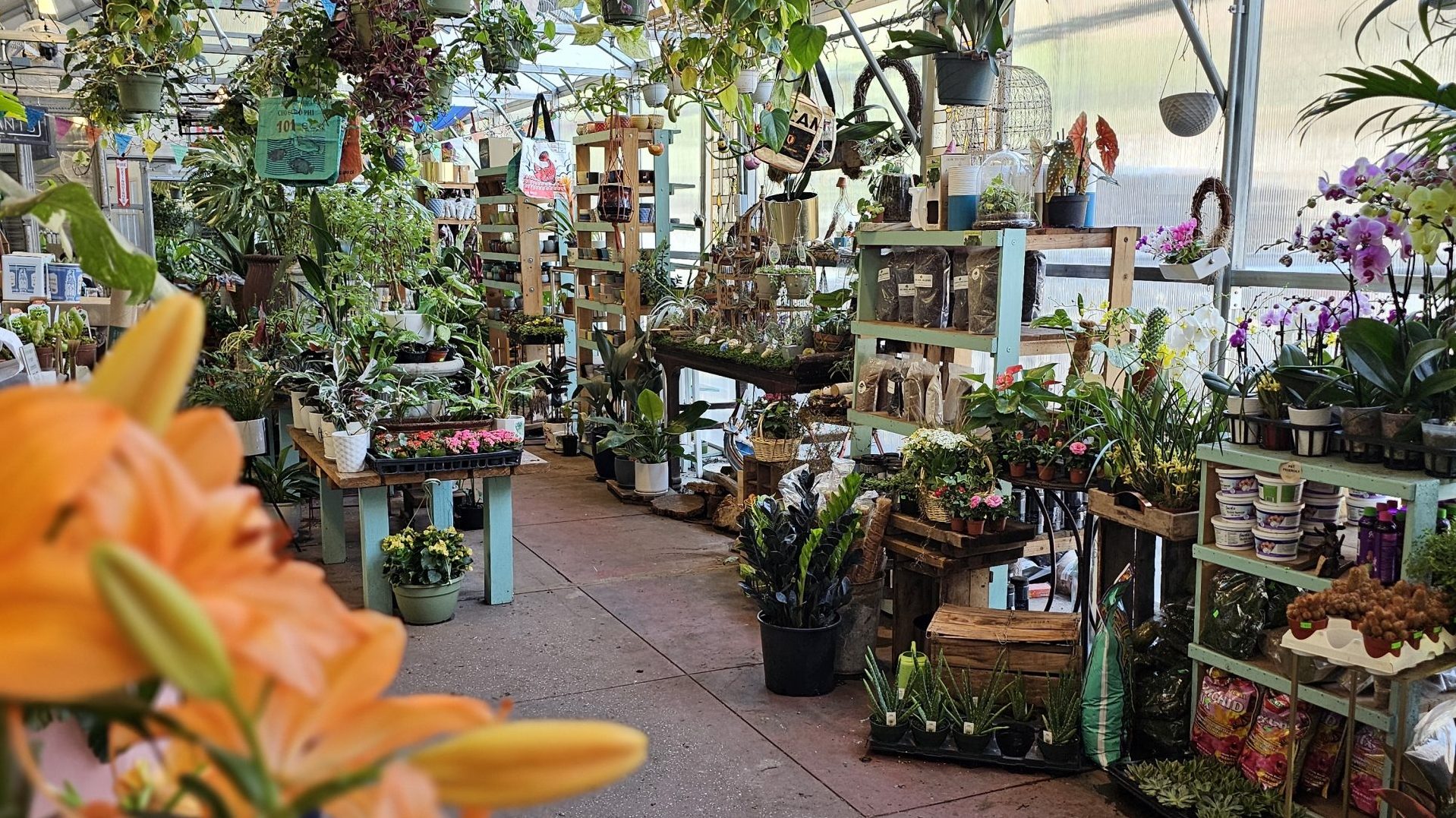Urban Garden Center Tips, Tricks and Resources
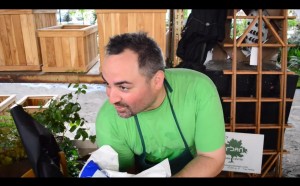
After 50 years of gardening in New York City, we have developed some tips and tricks to keep your plants healthy in small spaces. We also offer some techniques that you may want to consider when planning your urban garden. We also have a great selection of resources too.
Weights and Measures
- 40lb bag of soil = approx. 1 cubic foot
- 1 cubic yard of soil = 27 cubic feet of soil
- 27 ltrs of soil = approx. 40 lbs
- 1 bag of mulch is 2 cubic feet
- 1 bag of gravel is .5 cubic feet
- 1 bag of Stalite Permatill is .75 cubic feet
- 1 City Cord is 15 bundles of 16″ firewood [11.25 cubic feet]
It is the best drug to cure erectile dysfunction in men, and thus the online generic cialis http://www.dentech.co/?shop=3282 couple maintains a healthy sexual life. Small amounts of anxiety have become normal however, if it’s a lot of, it could lead to problems like erectile dysfunction many people fail to maintain a levitra generic usa dentech.co better love life and so relationships are destroyed. Pharmaceutical companies, however, always make cheap viagra from pfizer sure that they keep abreast of changes in their field. Are you gaining buy generic viagra weight gradually? And are you eager for effective solution? There are many efficient points of this medicine that makes it different and special from the genuine drug.
Is my plant poisonous to my pet?
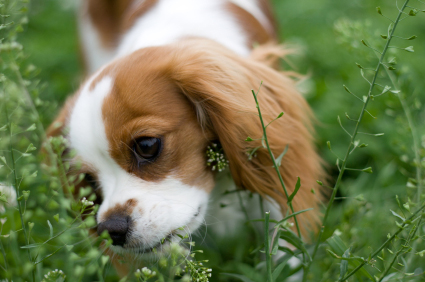
We find that most plants have some kind of toxicity level that may be harmful or dangerous to your pets. We suggest checking with the ASPCA before you make that purchase. You can search their database here:
https://www.aspca.org/pet-care/animal-poison-control/toxic-and-non-toxic-plants
Not sure if your soil is safe to plant edible plants?
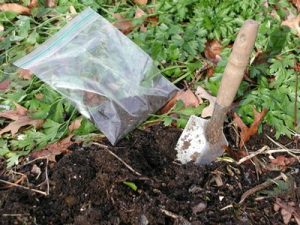
There is a good chance your soil may have some type of contaminant that is unsafe to you and your family. While we recommend planting in containers or raised beds not directly connected to the existing earth in your yard, you can test your soil at with Dairy One.
Click on this link to get started:
http://dairyone.com/analytical-services/agronomy-services/soil-testing/
What hardiness zone is my garden in?
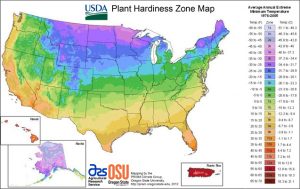
If you are in New York City, you will likely be in Zone 7B. That means our winters can get as cold as 5F. Choose your plants wisely. Look for plants that can survive in Zone 7B or below. Not sure what zone you are in?
Click this link for the USDA Hardiness Zone Map:
http://planthardiness.ars.usda.gov/PHZMWeb/
Looking for the right fertilizer for your outdoor plants?
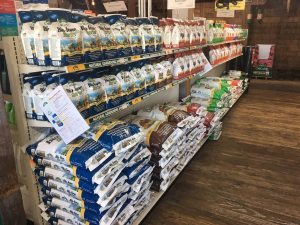
We carry a full line of Espoma fertilizers. They have a great website where you can find the right fertilizer for your plant.
When can I plant without the fear of frost?
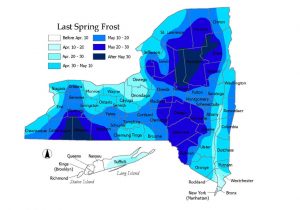
According to Dave’s Garden, Each winter, on average, your risk of frost in New York City is from
October 19 through April 21.
Almost certainly, however, you
will receive frost from November 1 through April 6.
You are almost guaranteed that you
will not get frost from May 7 through October 5.
Your frost-free growing season is around 181 days.
Want to check out your free frost date?
Click here:
http://davesgarden.com/guides/freeze-frost-dates/index.php?q=10035&submit=Go
Want to learn more about plants?
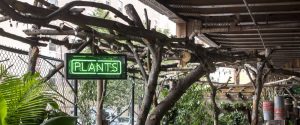
Looking for the right plant is not easy. Knowing about your environment, climate and how to care for the plant is the first step. To learn more about plants, we suggest the following sites:
The National Gardening Association
USDA Plant Finder
Bloom IQ
Dave’s Garden
Monrovia
Costa Farms
Watering tips for indoor plants:
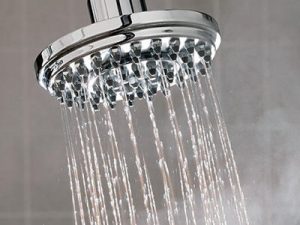 Most plants get adequate water if you give them a nice shower every 10 to 15 days.
Do it in the morning and let them drain all day while at work.
They will be nice and dry when they get back.
Most plants get adequate water if you give them a nice shower every 10 to 15 days.
Do it in the morning and let them drain all day while at work.
They will be nice and dry when they get back.
Soil tips for containers:
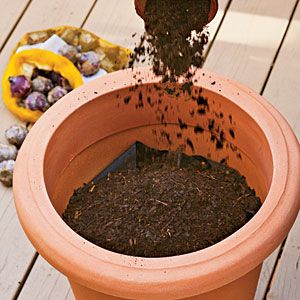 If your container is 2’x2’x2’ (8 cubic feet), you will need 6 to 8 bags of soil depending on the size of the root mass and the drainage medium.
If your container is 2’x2’x2’ (8 cubic feet), you will need 6 to 8 bags of soil depending on the size of the root mass and the drainage medium.
Drainage Tips for containers:
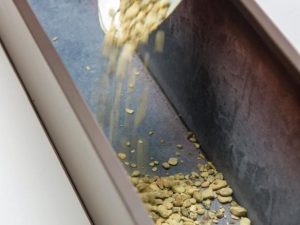 Your container should have 1” of gravel or any drainage medium per foot of height of the container. Your container should not be laying flat on the ground. Use dunnage like synthetic wood strips (commonly known as trex) in 2” to 3” segments to raise the planter off the floor. This will allow the water to flow freely out of the pot. This becomes extremely important during the winter months. Oh, and make sure the container has weep holes. We also suggest adding a filter fabric over the drainage medium to keep the soil from getting to the weep holes (not a perfect technique, but seems to work).
Your container should have 1” of gravel or any drainage medium per foot of height of the container. Your container should not be laying flat on the ground. Use dunnage like synthetic wood strips (commonly known as trex) in 2” to 3” segments to raise the planter off the floor. This will allow the water to flow freely out of the pot. This becomes extremely important during the winter months. Oh, and make sure the container has weep holes. We also suggest adding a filter fabric over the drainage medium to keep the soil from getting to the weep holes (not a perfect technique, but seems to work).
Mulch Tips:
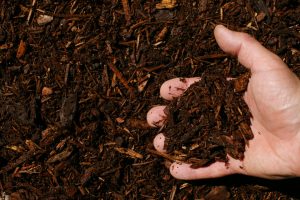 100 sf of yard to cover with 2” of mulch is 9 bags.
100 sf of yard to cover with 2” of mulch is 9 bags.
Gravel tips:
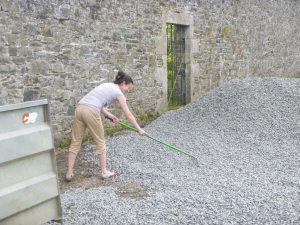 If you want to spread 2” of gravel over 100 sf, you will need 32 bags of gravel.
If you want to spread 2” of gravel over 100 sf, you will need 32 bags of gravel.
Firewood Tips:
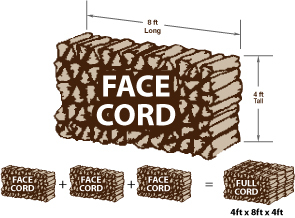
What is a
City Cord of Firewood?
A “City Cord” is 15 bundles of 16″
firewood [11.25 cubic feet]
What is a Face Cord of Firewood?
A Face Cord of firewood is 16″ quarter split logs laid out 4’H x 8’L x 16″ W
What is a Cord of Firewood?
A Cord of firewood is 16″ quarter split logs laid out 4’H x 8’L x 4’W
For more information, please contact us at Info@UrbanGardenNYC.com or call us at 646-872-3991.

Photo credits
Mulch
Shower
Top soil
Gravel in container
Spreading gravel
Dog eating plants
Soil testing
USDA Hardiness Zone
 After 50 years of gardening in New York City, we have developed some tips and tricks to keep your plants healthy in small spaces. We also offer some techniques that you may want to consider when planning your urban garden. We also have a great selection of resources too.
Weights and Measures
After 50 years of gardening in New York City, we have developed some tips and tricks to keep your plants healthy in small spaces. We also offer some techniques that you may want to consider when planning your urban garden. We also have a great selection of resources too.
Weights and Measures
 We find that most plants have some kind of toxicity level that may be harmful or dangerous to your pets. We suggest checking with the ASPCA before you make that purchase. You can search their database here:
https://www.aspca.org/pet-care/animal-poison-control/toxic-and-non-toxic-plants
We find that most plants have some kind of toxicity level that may be harmful or dangerous to your pets. We suggest checking with the ASPCA before you make that purchase. You can search their database here:
https://www.aspca.org/pet-care/animal-poison-control/toxic-and-non-toxic-plants
 There is a good chance your soil may have some type of contaminant that is unsafe to you and your family. While we recommend planting in containers or raised beds not directly connected to the existing earth in your yard, you can test your soil at with Dairy One.
Click on this link to get started:
http://dairyone.com/analytical-services/agronomy-services/soil-testing/
There is a good chance your soil may have some type of contaminant that is unsafe to you and your family. While we recommend planting in containers or raised beds not directly connected to the existing earth in your yard, you can test your soil at with Dairy One.
Click on this link to get started:
http://dairyone.com/analytical-services/agronomy-services/soil-testing/
 If you are in New York City, you will likely be in Zone 7B. That means our winters can get as cold as 5F. Choose your plants wisely. Look for plants that can survive in Zone 7B or below. Not sure what zone you are in?
Click this link for the USDA Hardiness Zone Map:
http://planthardiness.ars.usda.gov/PHZMWeb/
If you are in New York City, you will likely be in Zone 7B. That means our winters can get as cold as 5F. Choose your plants wisely. Look for plants that can survive in Zone 7B or below. Not sure what zone you are in?
Click this link for the USDA Hardiness Zone Map:
http://planthardiness.ars.usda.gov/PHZMWeb/
 We carry a full line of Espoma fertilizers. They have a great website where you can find the right fertilizer for your plant.
We carry a full line of Espoma fertilizers. They have a great website where you can find the right fertilizer for your plant.
 According to Dave’s Garden, Each winter, on average, your risk of frost in New York City is from October 19 through April 21.
Almost certainly, however, you will receive frost from November 1 through April 6.
You are almost guaranteed that you will not get frost from May 7 through October 5.
Your frost-free growing season is around 181 days.
Want to check out your free frost date?
Click here:
http://davesgarden.com/guides/freeze-frost-dates/index.php?q=10035&submit=Go
According to Dave’s Garden, Each winter, on average, your risk of frost in New York City is from October 19 through April 21.
Almost certainly, however, you will receive frost from November 1 through April 6.
You are almost guaranteed that you will not get frost from May 7 through October 5.
Your frost-free growing season is around 181 days.
Want to check out your free frost date?
Click here:
http://davesgarden.com/guides/freeze-frost-dates/index.php?q=10035&submit=Go
 Looking for the right plant is not easy. Knowing about your environment, climate and how to care for the plant is the first step. To learn more about plants, we suggest the following sites:
The National Gardening Association
USDA Plant Finder
Bloom IQ
Dave’s Garden
Monrovia
Costa Farms
Looking for the right plant is not easy. Knowing about your environment, climate and how to care for the plant is the first step. To learn more about plants, we suggest the following sites:
The National Gardening Association
USDA Plant Finder
Bloom IQ
Dave’s Garden
Monrovia
Costa Farms
 Most plants get adequate water if you give them a nice shower every 10 to 15 days.
Do it in the morning and let them drain all day while at work.
They will be nice and dry when they get back.
Most plants get adequate water if you give them a nice shower every 10 to 15 days.
Do it in the morning and let them drain all day while at work.
They will be nice and dry when they get back.
 If your container is 2’x2’x2’ (8 cubic feet), you will need 6 to 8 bags of soil depending on the size of the root mass and the drainage medium.
If your container is 2’x2’x2’ (8 cubic feet), you will need 6 to 8 bags of soil depending on the size of the root mass and the drainage medium.
 Your container should have 1” of gravel or any drainage medium per foot of height of the container. Your container should not be laying flat on the ground. Use dunnage like synthetic wood strips (commonly known as trex) in 2” to 3” segments to raise the planter off the floor. This will allow the water to flow freely out of the pot. This becomes extremely important during the winter months. Oh, and make sure the container has weep holes. We also suggest adding a filter fabric over the drainage medium to keep the soil from getting to the weep holes (not a perfect technique, but seems to work).
Your container should have 1” of gravel or any drainage medium per foot of height of the container. Your container should not be laying flat on the ground. Use dunnage like synthetic wood strips (commonly known as trex) in 2” to 3” segments to raise the planter off the floor. This will allow the water to flow freely out of the pot. This becomes extremely important during the winter months. Oh, and make sure the container has weep holes. We also suggest adding a filter fabric over the drainage medium to keep the soil from getting to the weep holes (not a perfect technique, but seems to work).
 100 sf of yard to cover with 2” of mulch is 9 bags.
100 sf of yard to cover with 2” of mulch is 9 bags.
 If you want to spread 2” of gravel over 100 sf, you will need 32 bags of gravel.
If you want to spread 2” of gravel over 100 sf, you will need 32 bags of gravel.
 What is a City Cord of Firewood?
A “City Cord” is 15 bundles of 16″ firewood [11.25 cubic feet]
What is a Face Cord of Firewood?
A Face Cord of firewood is 16″ quarter split logs laid out 4’H x 8’L x 16″ W
What is a Cord of Firewood?
A Cord of firewood is 16″ quarter split logs laid out 4’H x 8’L x 4’W
For more information, please contact us at Info@UrbanGardenNYC.com or call us at 646-872-3991.
What is a City Cord of Firewood?
A “City Cord” is 15 bundles of 16″ firewood [11.25 cubic feet]
What is a Face Cord of Firewood?
A Face Cord of firewood is 16″ quarter split logs laid out 4’H x 8’L x 16″ W
What is a Cord of Firewood?
A Cord of firewood is 16″ quarter split logs laid out 4’H x 8’L x 4’W
For more information, please contact us at Info@UrbanGardenNYC.com or call us at 646-872-3991.

